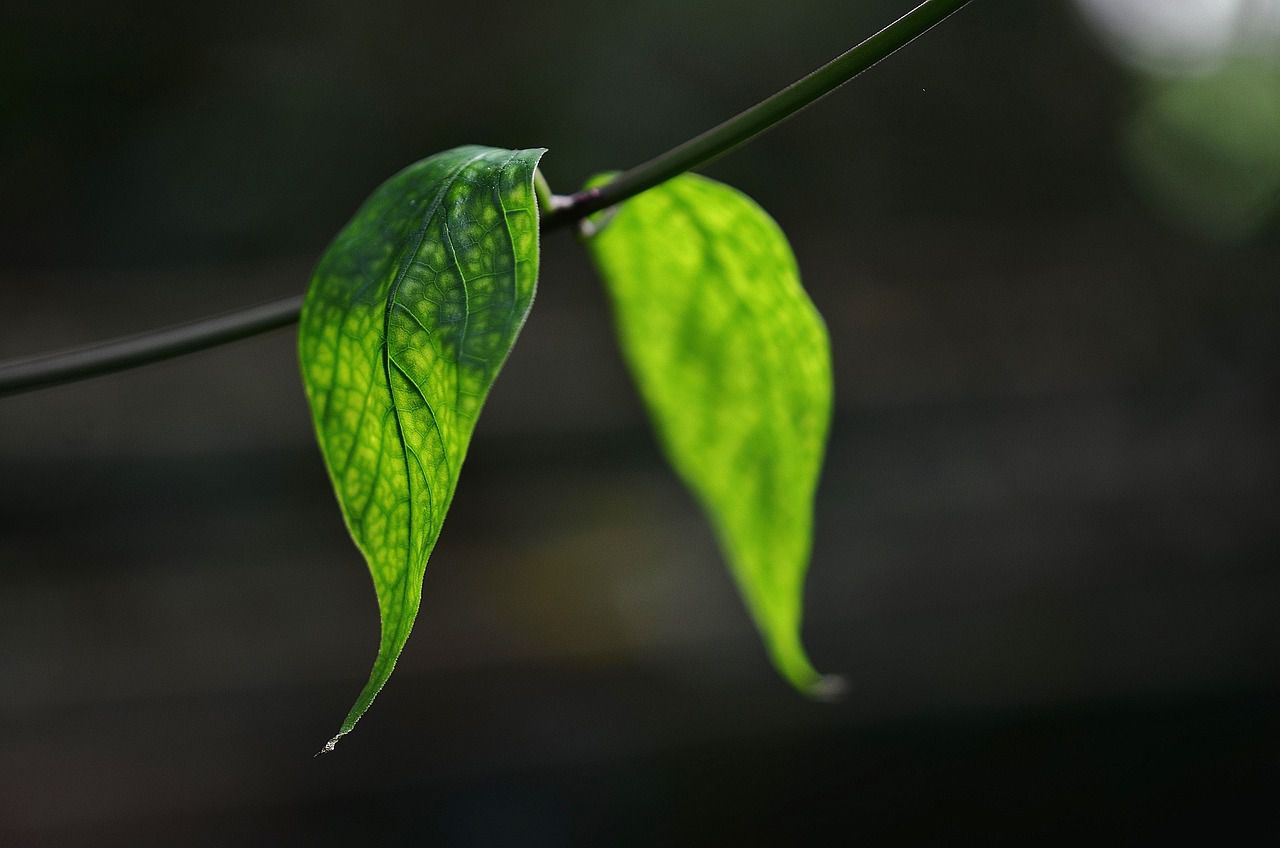Successful plant grafting typically requires some level of special knowledge and skill.
While it is a valuable tool for creating new plant varieties, repairing damaged plants, or improving growth, it involves specific procedures and understanding to achieve desired results.
Here's why special knowledge is important for successful plant grafting:
Plant Anatomy and Physiology
Grafting requires an understanding of plant anatomy and physiology, including the cambium layer (a thin layer of actively dividing cells) responsible for tissue growth.
Knowing where to make precise cuts, aligning cambium layers, and understanding how plants heal and fuse are crucial for graft success.

Grafting Techniques
There are various grafting techniques, such as whip-and-tongue, cleft, side-veneer, and bud grafting, each suited for different plants and purposes.
Special knowledge is needed to choose the right technique, depending on the plant species, growth stage, and desired outcomes.
Plant Compatibility
Successful grafting often depends on selecting compatible plant species or varieties.
Understanding the genetic compatibility of plants and their potential to fuse and grow together is essential.
Sanitization and Hygiene
Grafting tools and materials must be clean and sterile to prevent infections that can hinder graft success.
Special knowledge is necessary to maintain proper sanitization practices.
Propagation Goals
Whether you're grafting for propagation, disease resistance, or specific traits, having specialized knowledge helps you select appropriate rootstocks and scions to achieve your goals.









